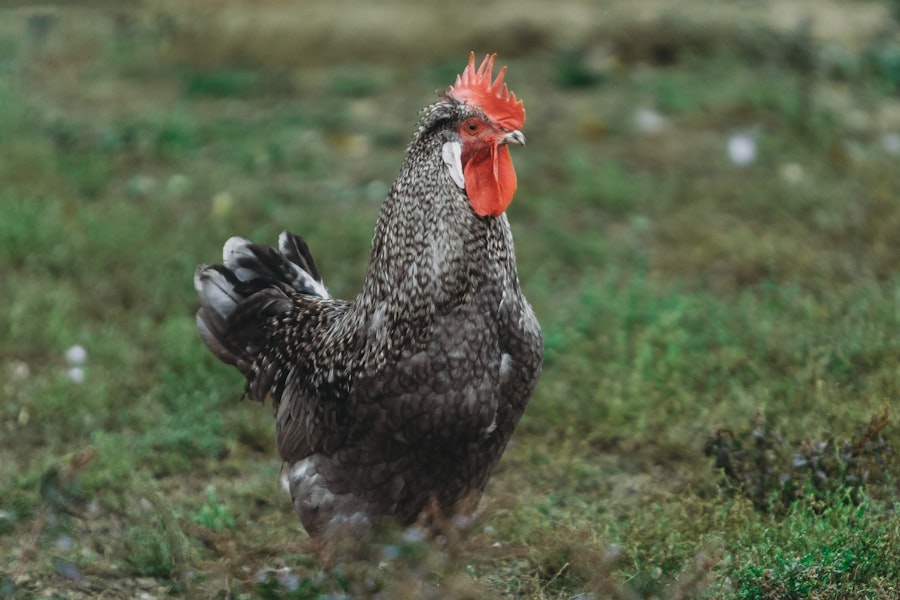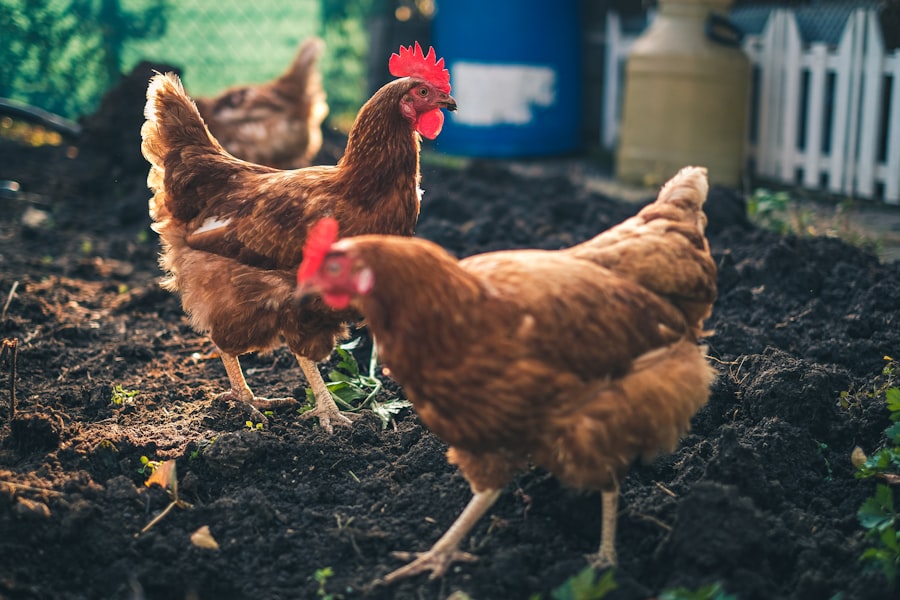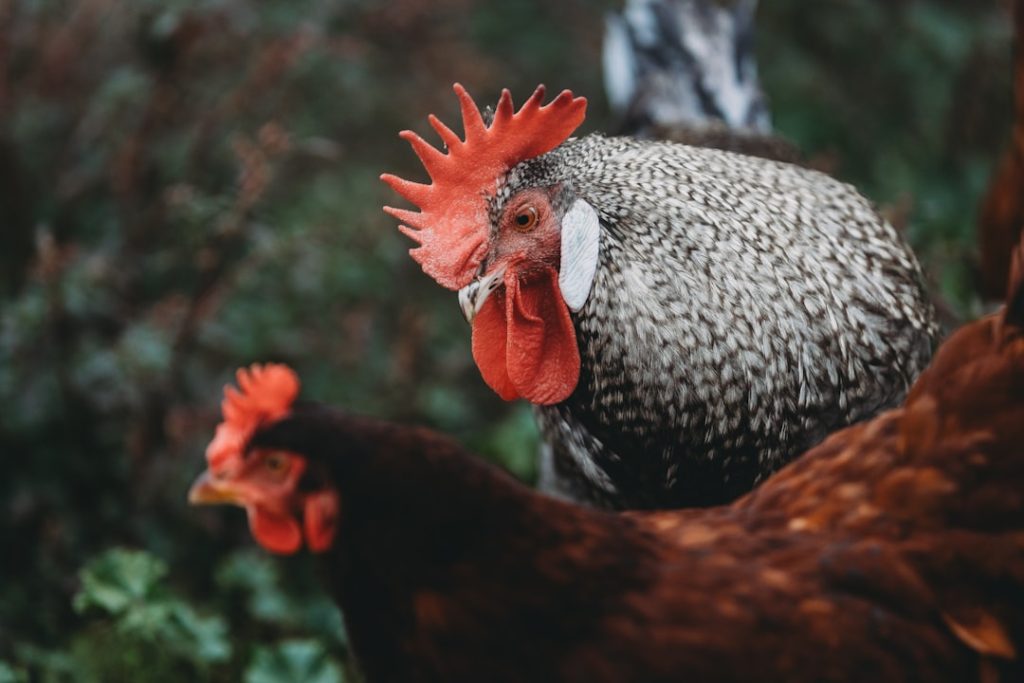Incorporating chickens into school environments has gained significant traction in recent years as an innovative educational tool. This practice offers students a tangible, experiential learning opportunity that spans various age groups. The presence of chickens on campus facilitates diverse educational experiences, ranging from biology and animal husbandry to environmental science and sustainability.
Students gain firsthand knowledge of animal care, fostering a sense of responsibility and nurturing a connection with nature. Beyond the educational aspects, school-based chicken keeping promotes concepts of sustainability and self-reliance. The eggs produced can be utilized in school cafeterias, reducing food costs and demonstrating the farm-to-table concept.
Alternatively, schools may opt to sell the eggs to the local community, potentially generating a small income stream while teaching students about basic economics and business principles. The integration of chickens into school settings has proven to be a multifaceted, enriching experience. It provides valuable learning opportunities for students while offering educators a unique platform to teach practical life skills and important academic concepts in an engaging, hands-on manner.
Table of Contents
- 1 Benefits of Keeping Chickens at School
- 2 Setting Up a Chicken Coop at School
- 3 Caring for Chickens at School
- 4 Incorporating Chickens into the School Curriculum
- 5 Community Involvement and Education
- 6 Challenges and Considerations for Keeping Chickens at School
- 7 FAQs
- 7.1 What are the benefits of keeping chickens at school in Australia?
- 7.2 What are the considerations for keeping chickens at school in Australia?
- 7.3 What educational opportunities can arise from keeping chickens at school in Australia?
- 7.4 Are there any potential challenges to keeping chickens at school in Australia?
- 7.5 What resources are available for schools interested in keeping chickens in Australia?
Key Takeaways
- Keeping chickens at school can be a valuable educational experience for students of all ages.
- Benefits of keeping chickens at school include teaching responsibility, providing fresh eggs, and fostering a connection to nature.
- Setting up a chicken coop at school requires careful planning, including choosing the right location and ensuring proper ventilation and security.
- Caring for chickens at school involves providing them with food, water, and a clean living environment, as well as monitoring their health and well-being.
- Incorporating chickens into the school curriculum can enhance learning in subjects such as science, math, and environmental studies.
Benefits of Keeping Chickens at School
Learning Responsibility and Empathy
Keeping chickens at school provides an excellent opportunity for students to learn about animal care and responsibility. By taking care of the chickens, students can develop empathy, compassion, and a sense of stewardship towards animals.
Academic and Therapeutic Benefits
Additionally, keeping chickens at school can also teach students about the life cycle, biology, and the importance of sustainable food sources. Furthermore, the presence of chickens can create a calming and therapeutic environment for students, as interacting with animals has been shown to reduce stress and anxiety.
Real-Life Applications and Educational Benefits
From an academic standpoint, incorporating chickens into the school environment can provide real-life applications for subjects such as science, math, and even language arts. Overall, keeping chickens at school can offer a wide range of educational and emotional benefits for students.
Setting Up a Chicken Coop at School

Setting up a chicken coop at school requires careful planning and consideration. The first step is to determine the location of the coop. It should be placed in an area that is easily accessible to students and staff, but also provides enough space for the chickens to roam and forage.
The coop should be secure and predator-proof, with proper fencing and locks to ensure the safety of the chickens. Additionally, the coop should be equipped with nesting boxes, roosting bars, and a designated area for food and water. It’s important to consider the size of the coop based on the number of chickens being kept, as overcrowding can lead to stress and health issues for the birds.
Finally, the coop should be well-ventilated and provide protection from the elements to ensure the comfort and well-being of the chickens. Once the coop is set up, it’s important to establish a routine for cleaning and maintenance. Regular cleaning of the coop and nesting boxes is essential to prevent the buildup of bacteria and parasites.
The coop should also be inspected regularly for any signs of wear or damage, and repairs should be made promptly to ensure the safety of the chickens. In addition to the physical setup of the coop, it’s important to establish a plan for feeding and watering the chickens. Access to fresh water and a balanced diet is crucial for the health and productivity of the birds.
Overall, setting up a chicken coop at school requires careful planning and attention to detail to ensure the well-being of the chickens.
Caring for Chickens at School
Caring for chickens at school requires dedication and responsibility from both students and staff. Daily tasks include feeding the chickens, providing fresh water, collecting eggs, and monitoring the health and behavior of the birds. It’s important to establish a routine for caring for the chickens to ensure that their needs are consistently met.
Additionally, regular health checks should be conducted to monitor for any signs of illness or injury. If any issues arise, it’s important to seek guidance from a veterinarian or experienced poultry keeper to ensure the well-being of the birds. In addition to physical care, it’s also important to provide mental stimulation for the chickens.
This can be done by providing opportunities for them to forage, explore their environment, and engage in natural behaviors such as dust bathing and roosting. Creating a stimulating environment for the chickens can help prevent boredom and reduce stress, leading to healthier and happier birds. Overall, caring for chickens at school requires a commitment to meeting their physical and emotional needs on a daily basis.
Incorporating Chickens into the School Curriculum
Incorporating chickens into the school curriculum can provide numerous educational opportunities across a variety of subjects. In science classes, students can learn about the life cycle of chickens, animal behavior, genetics, and nutrition. Math classes can incorporate lessons on measuring eggs, calculating feed ratios, and tracking egg production.
Language arts classes can involve writing assignments about the care of chickens or reading literature related to poultry farming. Additionally, social studies classes can explore the cultural significance of chickens in different societies around the world. Beyond traditional subjects, incorporating chickens into the curriculum can also provide opportunities for hands-on learning and real-world applications.
Students can conduct experiments related to chicken behavior or egg production, participate in agricultural fairs or competitions, or even start small businesses selling eggs or chicken-related products. Overall, integrating chickens into the school curriculum can provide a rich and diverse learning experience for students across all grade levels.
Community Involvement and Education

Expert Insights and Workshops
Schools can invite local farmers or poultry experts to give presentations or workshops on chicken care and sustainable farming practices. This can provide students with valuable knowledge and skills, while also promoting awareness about the importance of sustainable farming practices.
Community Engagement and Events
Schools can host events such as open houses or farm-to-table dinners to showcase their chicken program and educate the community about its benefits. This can help promote awareness about the program and strengthen ties between the school and its surrounding community.
Volunteer Opportunities and Partnerships
Schools can involve community members in caring for the chickens by establishing volunteer programs or partnerships with local organizations. This not only provides additional support for caring for the chickens but also fosters a sense of community engagement and collaboration.
Challenges and Considerations for Keeping Chickens at School
While keeping chickens at school can offer numerous benefits, there are also challenges and considerations that need to be addressed. One of the main challenges is ensuring that proper care and maintenance of the chickens are consistently provided, especially during weekends, holidays, and summer breaks when school is not in session. Schools need to have a plan in place for caring for the chickens during these times to ensure their well-being.
Another consideration is managing potential health risks associated with keeping chickens at school. Schools need to implement strict hygiene practices to prevent the spread of diseases such as salmonella. Additionally, schools need to be mindful of local zoning laws and regulations related to keeping livestock on school grounds.
Furthermore, schools need to consider potential opposition from community members who may have concerns about noise, odor, or hygiene related to keeping chickens on school grounds. It’s important for schools to address these concerns proactively by communicating with community members and implementing best practices for managing potential issues. In conclusion, keeping chickens at school can offer a wide range of educational, emotional, and community benefits.
By carefully planning and addressing potential challenges, schools can create a successful chicken program that enriches the learning experience for students while promoting sustainability and community engagement.
If you’re interested in learning more about keeping chickens at school in Australia, you may also want to check out this article on renting a chicken coop. It provides valuable information on how to set up a coop for your school’s chickens and the benefits of using a rented coop.
FAQs
What are the benefits of keeping chickens at school in Australia?
Keeping chickens at school in Australia can provide numerous benefits, including teaching students about responsibility, sustainability, and animal care. It can also provide fresh eggs for the school community and serve as a hands-on learning experience for students.
What are the considerations for keeping chickens at school in Australia?
Schools in Australia need to consider factors such as council regulations, space requirements, and the commitment required to care for the chickens. It’s important to have a well-designed coop and run, as well as a plan for ongoing care and maintenance.
What educational opportunities can arise from keeping chickens at school in Australia?
Keeping chickens at school in Australia can provide opportunities for students to learn about biology, agriculture, and sustainability. It can also teach valuable life skills such as teamwork, problem-solving, and empathy for animals.
Are there any potential challenges to keeping chickens at school in Australia?
Some potential challenges of keeping chickens at school in Australia include managing waste, preventing pests and predators, and ensuring the chickens are well cared for during school holidays. It’s important to have a plan in place for addressing these challenges.
What resources are available for schools interested in keeping chickens in Australia?
There are various resources available to schools in Australia interested in keeping chickens, including educational materials, workshops, and support from local agricultural organizations. Schools can also seek advice from experienced chicken keepers and visit other schools with successful chicken programs.
Meet Walter, the feathered-friend fanatic of Florida! Nestled in the sunshine state, Walter struts through life with his feathered companions, clucking his way to happiness. With a coop that’s fancier than a five-star hotel, he’s the Don Juan of the chicken world. When he’s not teaching his hens to do the cha-cha, you’ll find him in a heated debate with his prized rooster, Sir Clucks-a-Lot. Walter’s poultry passion is no yolk; he’s the sunny-side-up guy you never knew you needed in your flock of friends!







